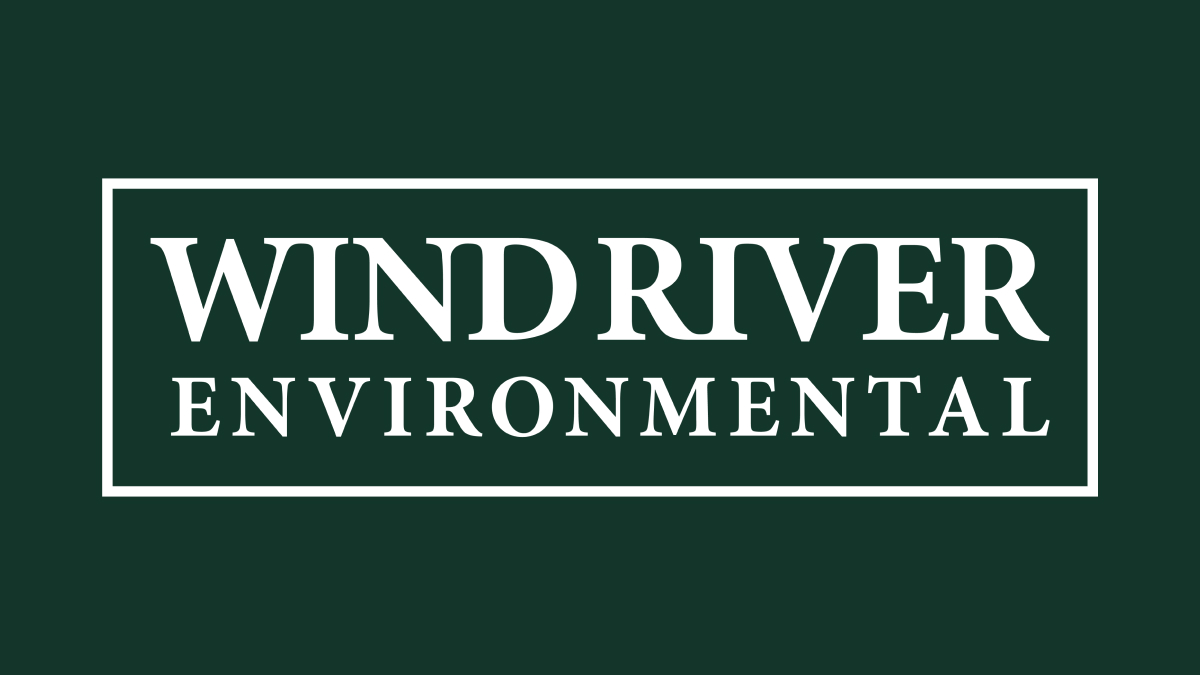Eco-Friendly Plumbing Upgrades
Low-Flow Fixtures and Appliances
Embracing eco-friendly plumbing upgrades is not just a trend; it's a commitment to sustainability and cost savings. Low-flow toilets, showerheads, and faucets are at the forefront of this movement. These fixtures are designed to reduce water usage significantly without compromising performance. By using less water per flush or minute, homeowners can see a noticeable decrease in their water bills. For instance, a traditional toilet can use up to 6 gallons per flush, while a low-flow model might use only 1.28 gallons. Over time, this difference adds up, offering potential savings that benefit both your wallet and the environment.
Moreover, the installation of low-flow appliances such as dishwashers and washing machines further enhances water conservation. These appliances are engineered to use water more efficiently, ensuring that every drop counts. The cumulative effect of upgrading to low-flow fixtures and appliances can lead to substantial savings, with some estimates suggesting that a family of four could save thousands of gallons of water annually. This not only lowers monthly water bills but also reduces the strain on municipal water systems and local water resources.
Tankless Water Heaters
When it comes to heating water, the traditional tank-based system is rapidly being overshadowed by the efficiency and cost-effectiveness of tankless water heaters. Also known as on-demand water heaters, these systems heat water directly without the need for storing it. This means that they only use energy when hot water is needed, eliminating the standby energy losses associated with tank systems. Homeowners can enjoy continuous hot water while also reducing their energy bills.
The initial investment in a tankless water heater might be higher than that of a traditional tank, but the long-term savings are undeniable. These systems are not only more energy-efficient but also have a longer lifespan, often lasting more than 20 years with proper maintenance. Additionally, because they are compact, they take up less space in your home, providing a sleek and modern solution to your hot water needs. With the added benefit of potentially increasing your home's value, a tankless water heater is a smart choice for those looking to upgrade their plumbing system.
Water-Saving Techniques and Habits
Leak Detection and Repair
Water conservation is not solely about making big changes; it's also about being vigilant and proactive with the small ones. Leak detection and repair play a crucial role in preventing water wastage. A single dripping faucet or a leaking toilet can waste gallons of water daily, leading to unnecessary increases in water bills. Homeowners should regularly check their plumbing for signs of leaks and address them promptly. The environmental benefits are clear: by fixing leaks, you're not only saving water but also helping to preserve our precious water resources for future generations.
Moreover, professional leak detection services can identify even the most elusive leaks hidden within walls or underground. These undetected leaks can cause significant damage over time, leading to costly repairs and mold issues. By employing advanced technologies, professionals can pinpoint the exact location of a leak without invasive procedures, ensuring that your plumbing system remains intact and efficient. Regular maintenance and timely repairs are essential for sustaining an eco-friendly home and keeping your water bills in check.
Smart Water Management
Technology has paved the way for smarter water management in homes. Innovative devices such as water sensors and automatic shut-off systems have become invaluable tools for monitoring water usage and preventing major leaks. These smart home solutions can alert homeowners to any irregularities in their water consumption, allowing for immediate action. For example, a water sensor can detect excess moisture and trigger an alert, while an automatic shut-off valve can stop the water flow in the event of a burst pipe, mitigating potential water damage and waste.
Adopting these smart technologies not only provides peace of mind but also contributes to a more sustainable lifestyle. With the ability to track water usage in real time, homeowners can make informed decisions about their consumption habits. Furthermore, integrating these devices into a comprehensive home automation system can lead to even greater efficiency, with the potential to customize water usage based on specific needs and schedules. As residents become more conscious of their environmental impact, smart water management stands out as a key component in the pursuit of eco-friendly living.
Sustainable Water Sources
Rainwater Harvesting Systems
Rainwater harvesting systems offer an innovative way to supplement your household's water needs while reducing dependence on municipal supplies. These systems collect and store rainwater from rooftops, which can then be used for non-potable purposes such as watering gardens, flushing toilets, and even washing cars. In areas where the climate can vary, capturing rainwater during the wet season can provide a valuable reserve for drier months. The benefits of rainwater harvesting are manifold: it reduces the demand on local water sources, decreases stormwater runoff, and can even lead to savings on water bills.
Installing a rainwater harvesting system involves setting up gutters, downspouts, and storage tanks, along with filtration and treatment components to ensure the water is suitable for its intended use. While the upfront costs may deter some homeowners, the long-term environmental and financial benefits are significant. By utilizing this sustainable water source, you're not only contributing to water conservation efforts but also taking a proactive step towards self-sufficiency and resilience in the face of changing weather patterns.
Greywater Recycling
Greywater recycling is another sustainable practice that is gaining traction among eco-conscious homeowners. Greywater is the relatively clean wastewater from sinks, showers, and washing machines, which can be treated and reused for purposes like landscape irrigation and toilet flushing. By diverting greywater from the sewage system, you can reduce the overall water footprint of your household. Because water conservation is increasingly important, implementing a greywater recycling system can make a significant difference.
The process of greywater recycling involves separating greywater from blackwater (wastewater from toilets), which requires a dual plumbing system. After separation, greywater is passed through a filtration system to remove impurities before being repurposed. Although the setup may require a substantial initial investment and adherence to local regulations, the long-term benefits include reduced water usage, lower sewage volumes, and a plentiful supply of water for landscaping needs. As more people recognize the value of every drop of water, greywater recycling stands out as a practical and impactful way to promote sustainability at home.
Financial Incentives and Rebates
Government and Utility Rebate Programs
Investing in eco-friendly plumbing solutions is not only beneficial for the environment but can also be financially rewarding. Many government and utility companies offer rebate programs and tax incentives to encourage homeowners to make sustainable upgrades. These incentives can significantly offset the initial costs of installing low-flow fixtures, tankless water heaters, rainwater harvesting systems, and other water-saving technologies. Residents should explore local programs that provide rebates for eco-friendly plumbing installations, making the transition to a greener home more accessible and affordable.
For example, certain rebates might cover a portion of the cost of a high-efficiency toilet or a tankless water heater, providing immediate savings. Additionally, tax credits may be available for larger investments like solar water heaters, which further reduce the net cost. Staying informed about these financial incentives is crucial for homeowners looking to upgrade their plumbing systems. By taking advantage of these programs, you can not only improve your home's sustainability but also enjoy the economic benefits that come with it.
Long-Term Cost Savings Analysis
The upfront costs associated with eco-friendly plumbing upgrades can sometimes be daunting, but a long-term cost savings analysis often reveals a different story. By examining the potential savings on water and energy bills over the lifespan of these upgrades, homeowners can gain a clearer understanding of the financial benefits. For instance, the reduced water usage from low-flow fixtures translates into consistent savings on monthly bills. Similarly, the energy efficiency of tankless water heaters means lower electricity or gas costs over time.
When conducting a cost savings analysis, it's important to consider factors such as the durability of the upgrades, maintenance requirements, and the potential increase in property value. Eco-friendly features are increasingly sought after and can make a home more attractive to potential buyers. Additionally, the cumulative effect of reduced utility bills can free up household budgets for other expenses or investments. Ultimately, the financial benefits of eco-friendly plumbing upgrades are an important consideration for any homeowner contemplating a more sustainable lifestyle.
Community and Environmental Impact
Water Conservation and Local Communities
Water conservation is a critical issue that extends beyond individual households to encompass entire communities. When homeowners adopt water-saving plumbing practices, the cumulative effect can lead to significant conservation of the local water supply. This is particularly important in regions facing water scarcity or drought conditions. By reducing personal water consumption, individuals can help ensure that there is enough water to meet the needs of the entire community, including essential services and natural ecosystems.
Furthermore, community-wide water conservation efforts can lead to improvements in local water quality and help maintain the health of nearby lakes, rivers, and wetlands. By using less water, we reduce the amount of wastewater that needs to be treated and released back into the environment. This can alleviate the burden on water treatment facilities and decrease the likelihood of pollution events. As a result, the collective actions of homeowners can have a profound impact on the sustainability and resilience of their local communities.
Reducing Carbon Footprint Through Plumbing
Eco-friendly plumbing practices are not only about conserving water; they also play a significant role in reducing our carbon footprint. The energy used for heating water in homes contributes to greenhouse gas emissions, particularly when the energy comes from fossil fuels. By upgrading to more efficient systems like tankless water heaters, homeowners can lower their energy consumption and, consequently, their carbon emissions. Solar water heating options provide an even more sustainable choice, harnessing renewable energy to meet hot water needs.
Additionally, the treatment and distribution of water are energy-intensive processes. By implementing water-saving techniques and habits, we can decrease the demand for these services, further reducing the associated carbon emissions. Every eco-friendly plumbing upgrade, from low-flow fixtures to greywater recycling, contributes to a larger effort to combat climate change. As we become more conscious of our environmental impact, adopting green plumbing practices is a tangible way for individuals to make a difference and promote a healthier planet.
Wind River Environmental
At Wind River Environmental, we understand the importance of sustainable living. Our team of experts is dedicated to helping you make eco-friendly upgrades to your plumbing system. Whether you're interested in installing low-flow fixtures, a tankless water heater, or exploring water-saving techniques, we're here to guide you through the process. Contact us today to learn how we can assist you in reducing your water footprint and achieving long-term savings. Together, we can make a positive impact on our environment and community.


[1].2410211343133.jpg)

.0000000000000.jpg)
